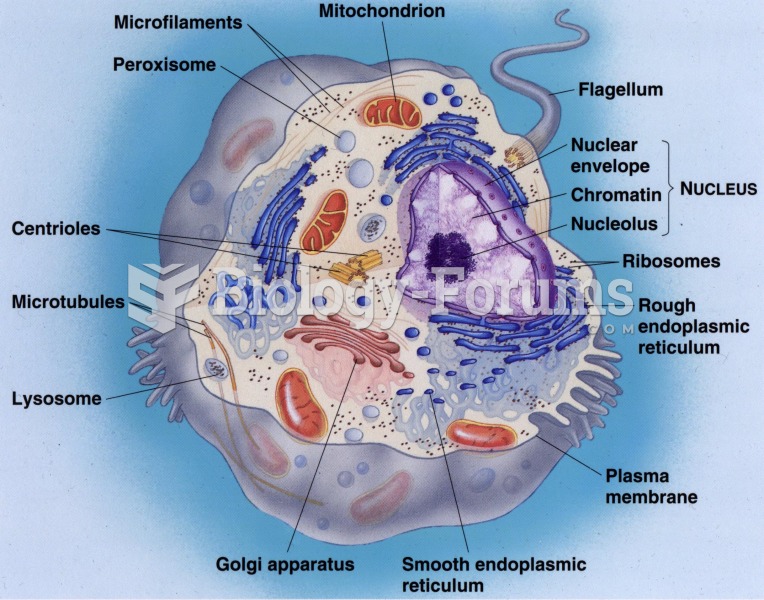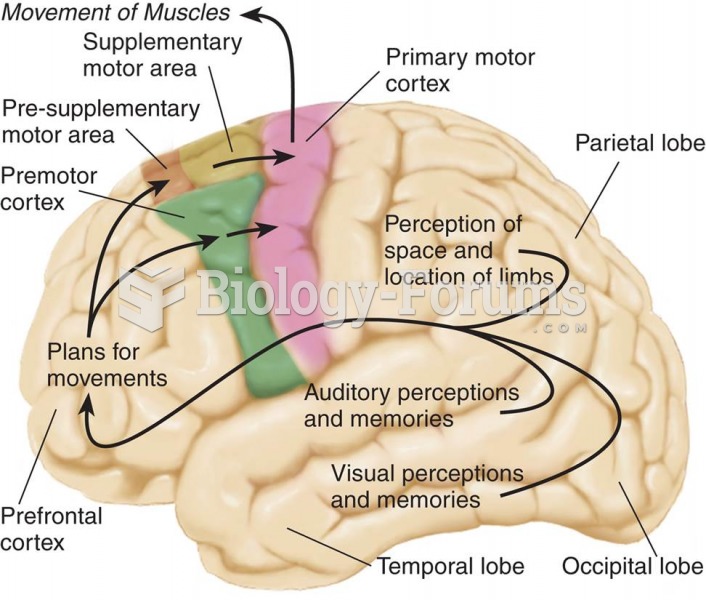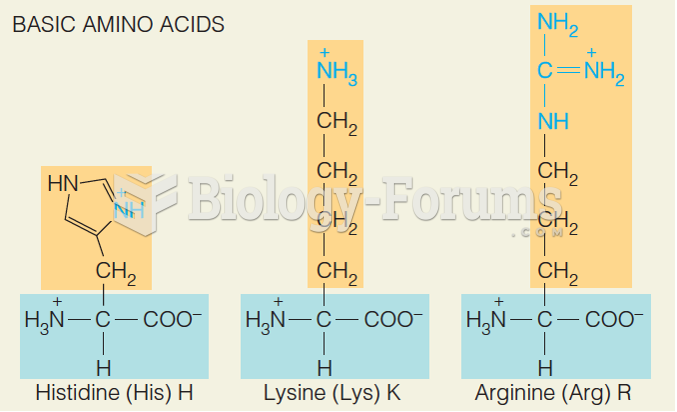Answer to Question 1
Writing effective paragraphs requires writing good sentences. To achieve paragraph control,
the writer should relate all sentences to the main idea of the paragraph and keep paragraphs a
reasonable length. The main idea of a paragraph is usually stated in a topic sentence. This
topic sentence is often the first sentence in the paragraph. All other sentences in the
paragraph should support the main idea, creating paragraph unity. Before writing the first
sentence of a paragraph, the writer should have the main idea of the paragraph clearly in
mind. The writer must know where the paragraph is going before attempting to guide the
reader there. The writer who does not know what conclusion the paragraph is to have should
stop writing and start thinking. In general, a paragraph should have no more than six to eight
lines. If the development of the main idea requires more than six to eight lines, the writer
should carry that thought over to another paragraph. Readers seem to need visual breaks
(paragraphs) but not continuity breaks (interruptions in the message content). Visual breaks
allow the reader to pause and think about the material presented. To provide connections
between sentences and between paragraphs, writers use transitional words and phrases.
Skillful use of transitional words and phrases can move the reader through the
communicationfrom one idea to anotherwithout a break in continuity that could detract
from the message. To ensure that the paragraphs do not lack variety, writers should vary the
sentence structure of a message A few other guidelines in creating attractive paragraphs
include:
a) Keep the first and last paragraphs short, usually two to five lines each.
b) Keep middle paragraphs an average of four to eight lines in length, and make them longer
than the first and last paragraphs.
c) Combine several short paragraphs to avoid a choppy appearance.
d) Avoid writing several long paragraphs.
e) Avoid a top-heavy appearance (beginning paragraphs too long); avoid a bottom-heavy
appearance (ending paragraphs too long).
f) Use an odd number of paragraphs. Three paragraphs look better than two, and five
paragraphs look better than four.
Answer to Question 2
Voice is that property of a transitive verb that shows whether the subject acts or is acted upon.
In the active voice, the subject is the doer of an action; in the passive voice, the subject is
acted upon. Any verb phrase composed of a past participle with a being verb helper is in the
passive voice: will be shipped, has been sent, was done, is frozen. For example, the
sentence A program upgrade was sent to us by the company is in passive voice. The
sentence The company sent us a program upgrade is in active voice. The active voice
expresses thoughts in a stronger, livelier way than does the passive voice, which often makes
writing more effective. Active voice also expresses thoughts in a direct way. Hence, the
passive voice has its uses in business writing, usually to soften the impact of negative news.




![Chickenpox rash. (Centers for Disease Control and Prevention [CDC]/Ann Cain)](https://biology-forums.com/gallery/30/medium_548020_08_06_17_10_52_37_306981954.jpeg)


